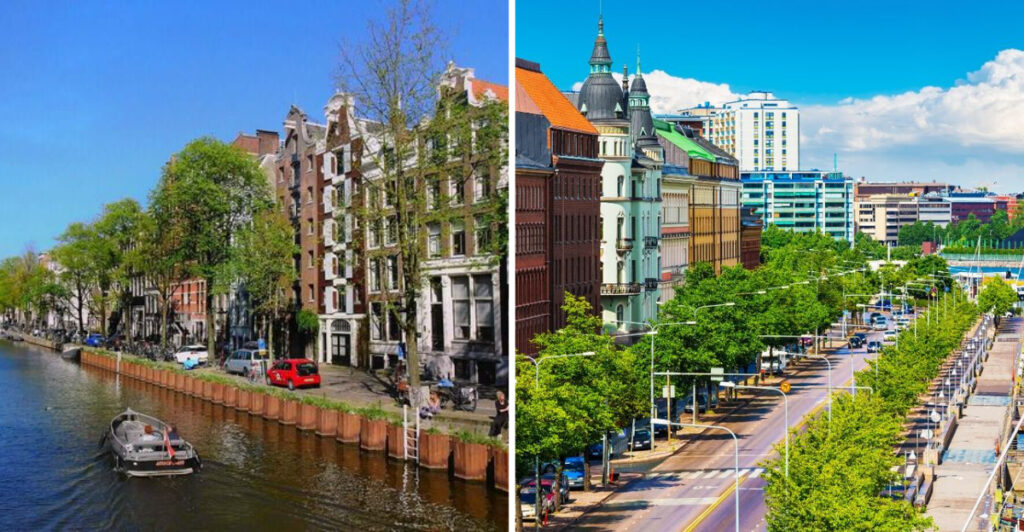Explore the greenest cities around the globe, where sustainability and environmental consciousness take center stage. From bustling metropolises to quaint towns, these cities exemplify dedication to eco-friendly living. Discover how urban centers are transforming to better our planet and why London’s position on this list is truly surprising.
Reykjavik
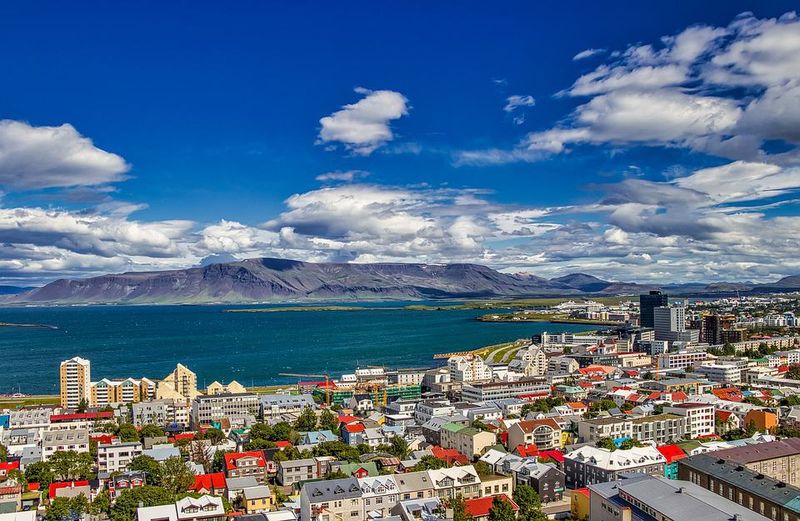
Reykjavik stands as a beacon of sustainability, harnessing geothermal energy to power its vibrant cityscape. The Icelandic capital is a pioneer in renewable energy usage, setting a global benchmark. With its colorful architecture nestled against rugged landscapes, Reykjavik merges urban living with nature. Geothermal pools, like the Blue Lagoon, offer a unique relaxation experience. A walk through the city reveals a commitment to green spaces, with parks and gardens dotting the urban fabric. Icelanders embrace eco-friendly transportation, cycling through scenic routes. Reykjavik’s charm lies in its seamless blend of innovation and nature, making it a leader in green living.
Vancouver
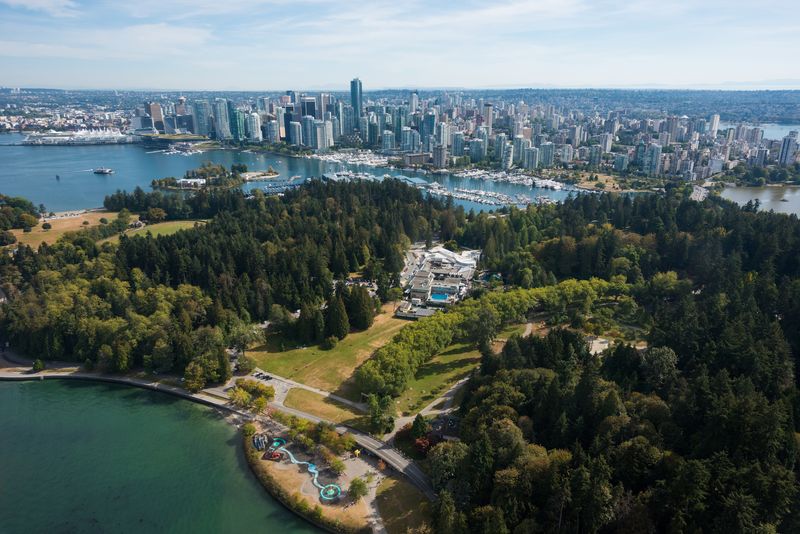
Nestled between mountains and ocean, Vancouver is a city where nature thrives beside urban architecture. Known for its lush green parks and rainforests, Vancouver promotes a lifestyle deeply connected to nature. Stanley Park, a jewel of the city, offers trails meandering through dense greenery. The city’s commitment to reducing carbon emissions is evident in its extensive bike paths and eco-friendly public transport. As a hub for green innovation, Vancouver’s buildings are designed with sustainability in mind. This Canadian gem exemplifies how urban living can harmonize with the natural world, creating an enriching environment for its residents.
Oslo
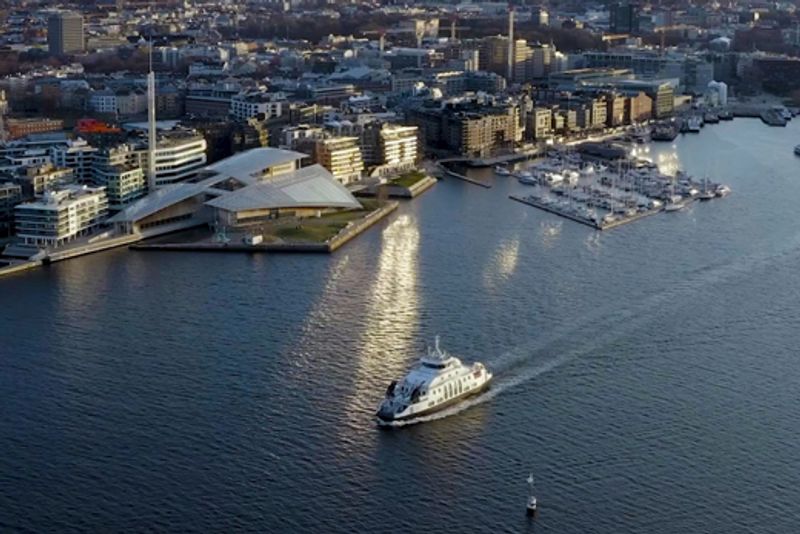
Oslo, Norway’s capital, blends modernity with environmental responsibility. Its sustainable initiatives include electric ferries gliding through its serene fjords, reducing pollution. Oslo’s modern architecture complements its commitment to being a green city, with numerous LEED-certified buildings. The city’s parks and natural reserves offer ample space for outdoor activities, encouraging residents to embrace an active lifestyle. Public transportation is eco-friendly, with a significant focus on reducing emissions. Oslo’s combination of innovation and nature is evident in its urban planning, prioritizing green spaces and sustainable practices, making it a model for future cities aiming for ecological harmony.
Zurich
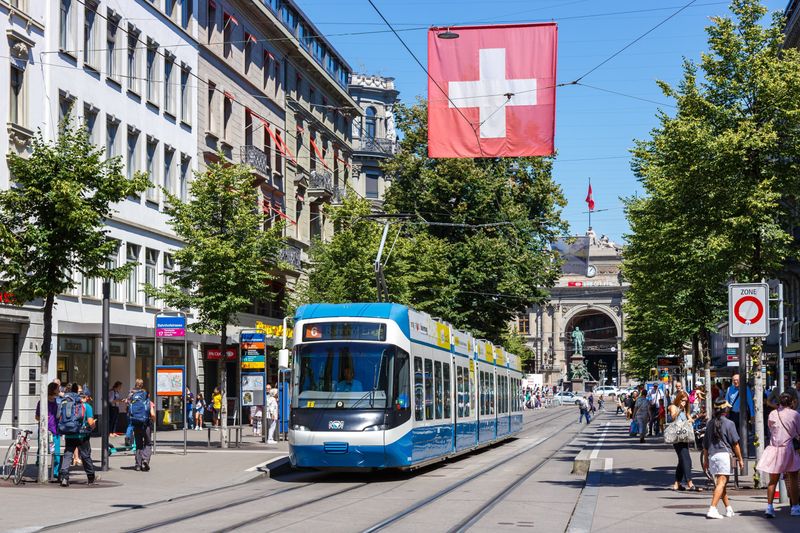
Zurich sets the standard for urban sustainability with its efficient public transportation and commitment to cleanliness. The trams crisscrossing the city are a testament to Zurich’s dedication to reducing vehicular emissions. Nestled against the Swiss Alps, the city offers breathtaking views and a plethora of outdoor activities. Zurich is a city where nature and urban life coexist harmoniously, supported by stringent environmental policies. The city’s green spaces, like the Botanical Garden, provide residents with a serene escape from urban bustle. Zurich’s integration of sustainable practices into daily life makes it a leading example of modern green living.
Copenhagen
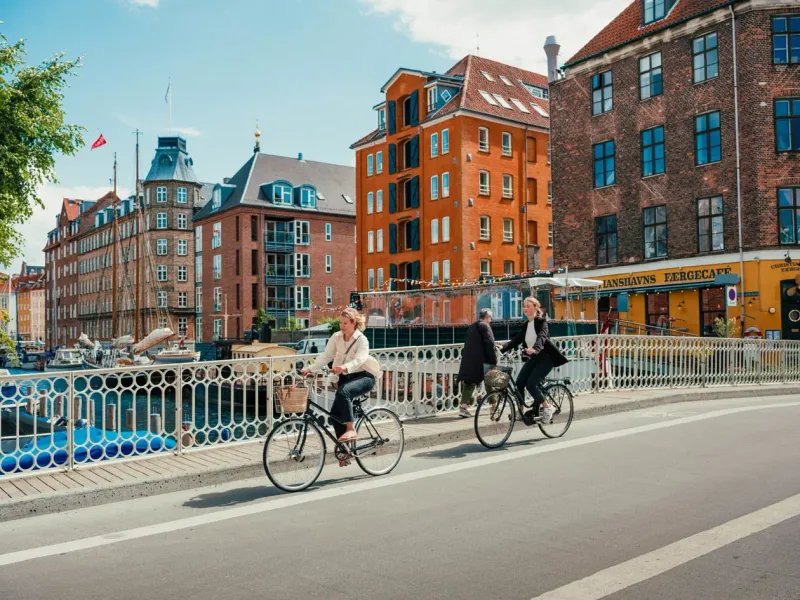
Copenhagen is renowned for its commitment to cycling and sustainable urban design. The Danish capital’s bicycle-friendly infrastructure encourages citizens to opt for two wheels over four, significantly reducing emissions. Colorful buildings line the waterfront, painting a picturesque scene that embodies Copenhagen’s vibrant spirit. The city’s green roofs and sustainable architecture reflect a forward-thinking approach to urban planning. Public spaces are designed to promote social interaction and environmental awareness. Copenhagen’s blend of tradition and innovation creates a cityscape that prioritizes people and the planet, making it a shining example of eco-conscious living in a modern metropolis.
Amsterdam
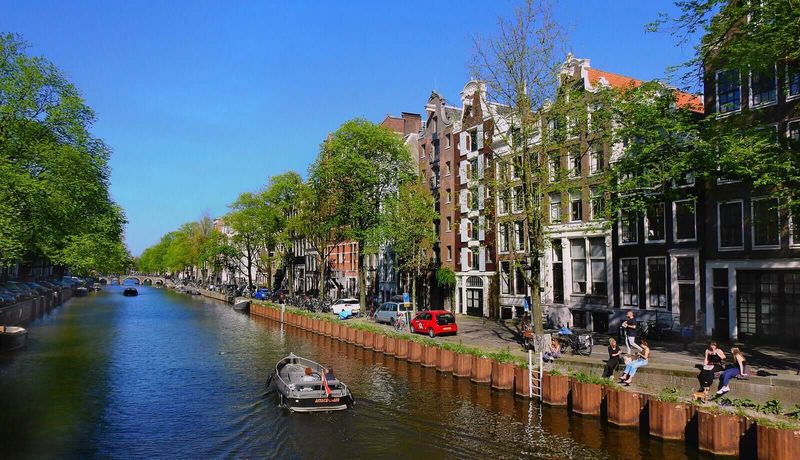
Famed for its canals and narrow houses, Amsterdam is a city where bicycles outnumber cars. The extensive network of cycling paths encourages an active lifestyle, reducing the city’s carbon footprint. Electric boats navigate the serene waters, showcasing Amsterdam’s commitment to sustainable transport. The city’s dedication to green living extends to its innovative architecture, with buildings designed for energy efficiency. Green spaces, like Vondelpark, offer a breath of fresh air amidst the urban environment. Amsterdam’s blend of historical charm and modern sustainability initiatives creates a unique cityscape that serves as an inspiration for eco-friendly urban development worldwide.
Stockholm
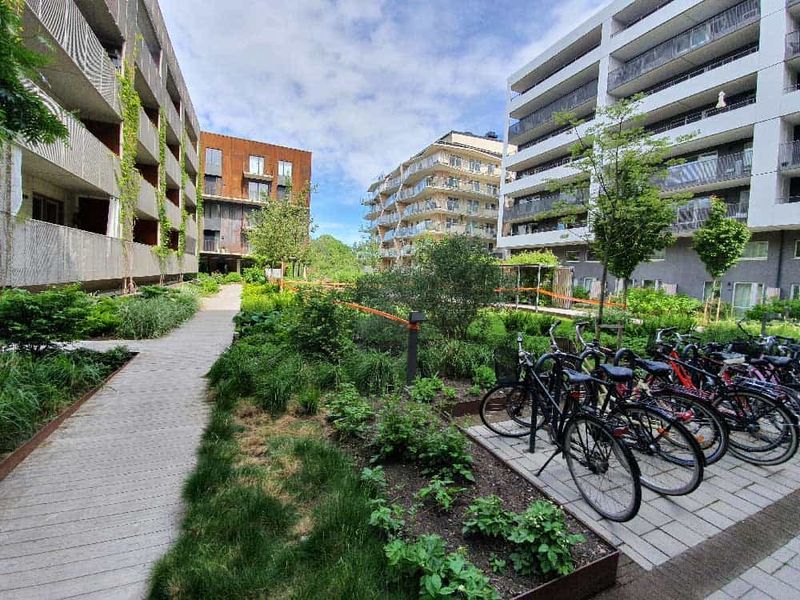
Stockholm is a city that seamlessly integrates sustainability into its urban fabric. The Swedish capital’s public transport system is a testament to its eco-friendly ethos, with buses and trains running on renewable energy. Stockholm’s commitment to green living is evident in its architecture, with buildings designed to minimize energy consumption. The city’s waterfront is a hub of activity, offering residents a beautiful space to relax and connect with nature. Stockholm’s abundant parks and nature reserves provide a sanctuary for wildlife, enhancing biodiversity. The city’s approach to sustainable development makes it a leader in creating livable urban environments that prioritize the planet.
San Francisco

San Francisco, a city known for its iconic Golden Gate Bridge, is at the forefront of renewable energy adoption in the United States. Solar panels dot the rooftops, powering homes and businesses with clean energy. The city’s commitment to sustainability extends to its public transport system, which emphasizes eco-friendliness. San Francisco’s parks and open spaces provide residents with ample opportunities to enjoy nature, while its bustling green markets promote local, sustainable produce. The city’s diverse neighborhoods, each with its unique charm, exemplify a community-driven approach to environmental responsibility, making San Francisco a trailblazer in urban sustainability.
Singapore
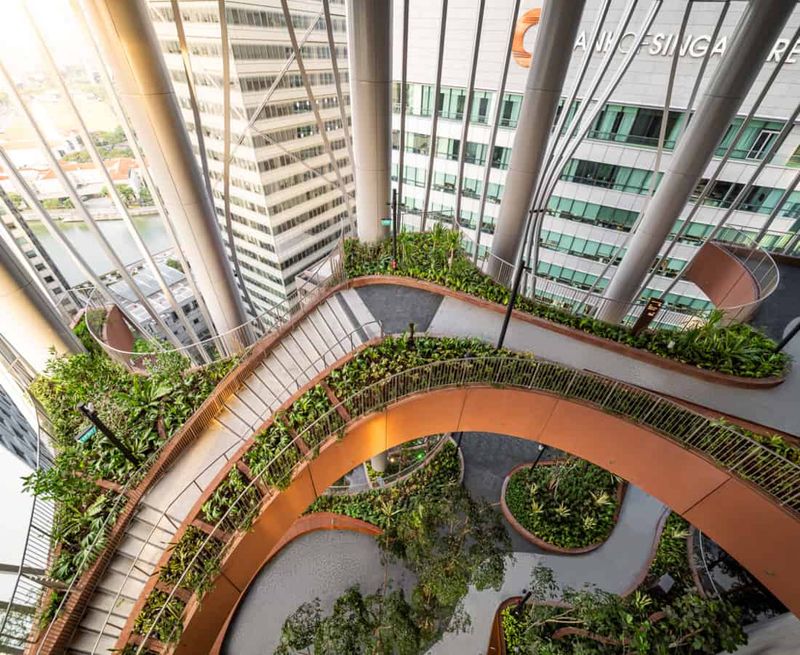
Singapore, a city-state of innovation, has transformed its skyline with green buildings and vertical gardens. Known as the ‘Garden City,’ Singapore integrates nature into its urban landscape through extensive greening initiatives. The city’s commitment to sustainability is reflected in its smart city infrastructure, which optimizes resource use and minimizes environmental impact. Gardens by the Bay exemplify Singapore’s vision of blending technology with nature, offering a futuristic glimpse of urban living. The city’s efficient public transport and waste management systems further demonstrate its dedication to eco-friendly practices. Singapore’s blend of nature and innovation creates a dynamic environment that sets a global standard for sustainable urban development.
Melbourne
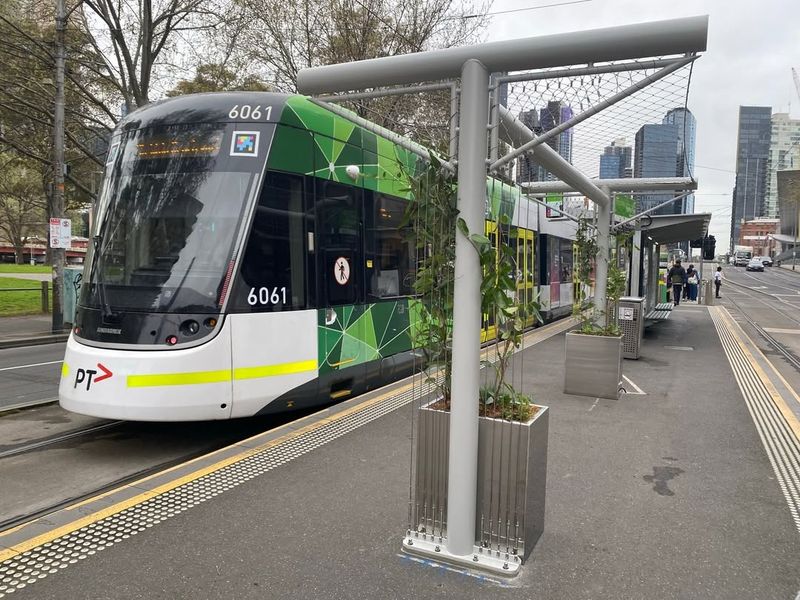
Melbourne, Australia’s cultural capital, is renowned for its vibrant arts scene and commitment to green living. The city’s extensive tram network is a testament to its dedication to sustainable public transport. Green parks, such as the Royal Botanic Gardens, offer a serene escape from urban life, providing habitats for diverse flora and fauna. Melbourne’s urban planning emphasizes the integration of nature into the cityscape, with ample green spaces and tree-lined streets. The city’s focus on renewable energy and waste reduction initiatives showcases its commitment to a sustainable future. Melbourne’s blend of culture, innovation, and environmental consciousness makes it a leader in green urban living.
Helsinki
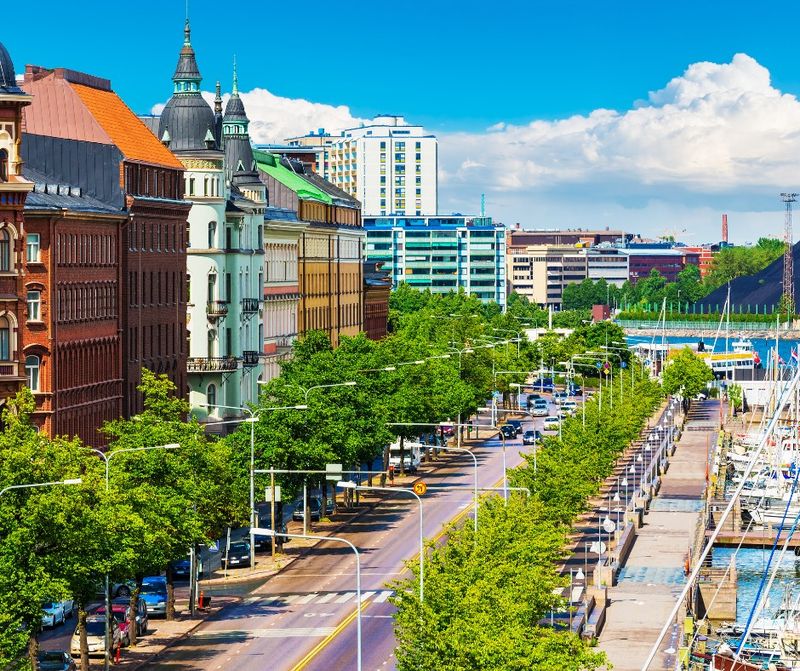
Helsinki, Finland’s capital, is a city of innovation and environmental consciousness. Its modern architecture is designed with sustainability in mind, incorporating energy-efficient materials and eco-friendly technologies. The city’s public spaces are vibrant and welcoming, encouraging social interaction and outdoor activities. Helsinki’s commitment to green living is reflected in its extensive public transport network, which prioritizes low emissions. The city’s parks and nature reserves offer residents a connection to nature, fostering a sense of stewardship for the environment. Helsinki’s approach to urban development prioritizes ecological balance, making it a role model for cities worldwide aiming to integrate sustainability into their core.
Berlin
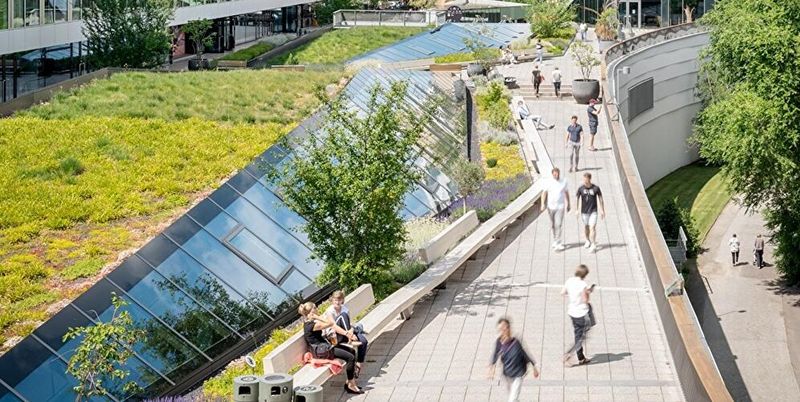
Berlin is a city where history and modernity converge, creating a dynamic landscape rich in culture and innovation. The German capital is committed to sustainability, with eco-friendly buildings and renewable energy initiatives playing a pivotal role in urban development. Berlin’s historic sites stand alongside modern architecture designed for energy efficiency. The city’s public transport system is renowned for its efficiency and low environmental impact. Green spaces, such as Tiergarten, offer residents a sanctuary amidst the urban hustle. Berlin’s commitment to sustainability and cultural preservation makes it a model for cities striving to balance history with progress in green living.
Portland
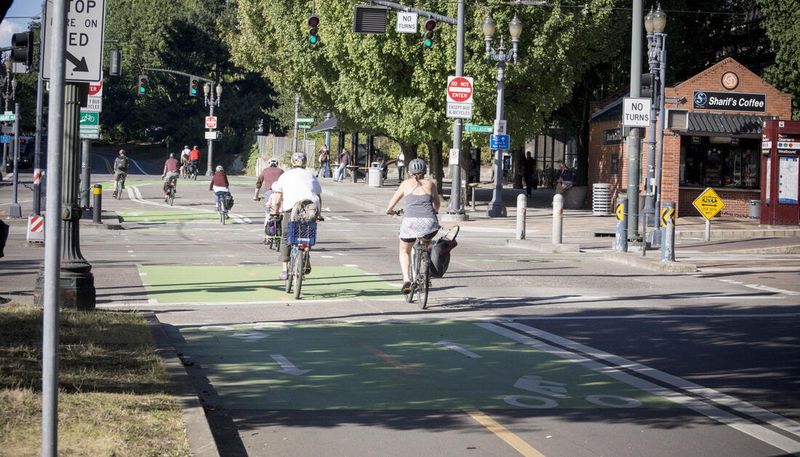
Portland, known for its vibrant arts scene and innovative environmental policies, is a city that champions green living. The extensive network of bicycle lanes encourages residents to opt for sustainable modes of transportation. Portland’s commitment to eco-friendliness is evident in its green infrastructure, with buildings designed to reduce energy consumption and promote biodiversity. The city’s parks and community gardens provide urban residents with a connection to nature, fostering a sense of community and environmental stewardship. Portland’s approach to sustainability is holistic, incorporating social, economic, and environmental perspectives, making it a leader in green urban planning in the United States.
Vienna
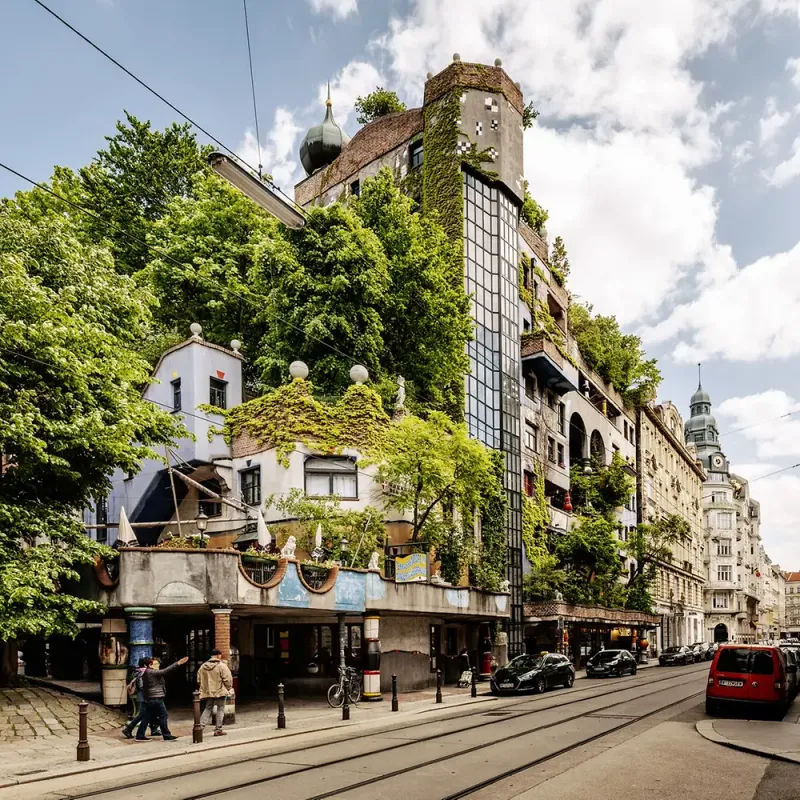
Vienna, a city of imperial charm and modern innovation, balances tradition with sustainable development. Its historic architecture coexists with modern green buildings designed for energy efficiency. Vienna’s public transport system is exemplary, offering a reliable and eco-friendly mode of travel. The city’s parks, such as the Prater, provide lush green spaces for relaxation and recreation. Vienna’s approach to urban planning prioritizes environmental and cultural preservation, ensuring a high quality of life for its residents. The city’s commitment to sustainability is reflected in its policies and initiatives that promote renewable energy and resource efficiency, making Vienna a beacon of green living in Europe.
Tokyo
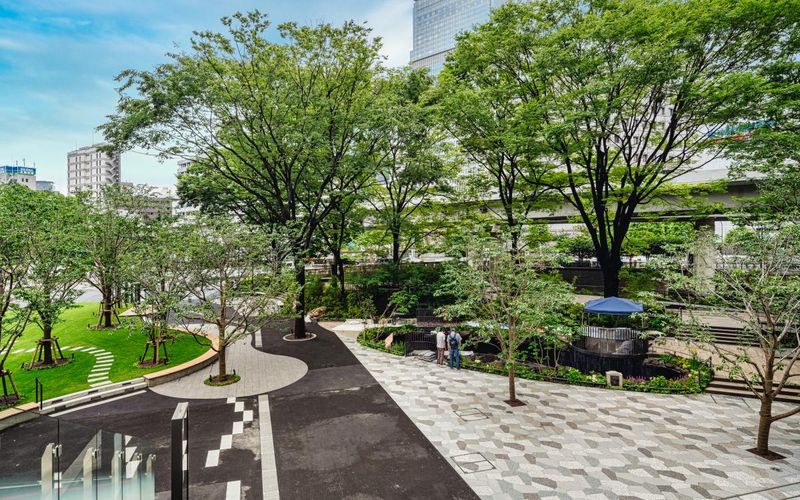
Tokyo, a city where tradition meets innovation, is leading the charge in sustainable urban living. The Japanese capital incorporates green spaces amidst its bustling streets, offering residents a respite from the city’s fast pace. Tokyo’s high-tech infrastructure emphasizes sustainability, with energy-efficient buildings and smart systems designed to minimize environmental impact. The city’s public transport network is renowned for its efficiency and eco-friendliness. Tokyo’s blend of cultural heritage and modern technology creates a unique urban environment that prioritizes both environmental preservation and innovation, making it a global leader in sustainable city living.
Barcelona
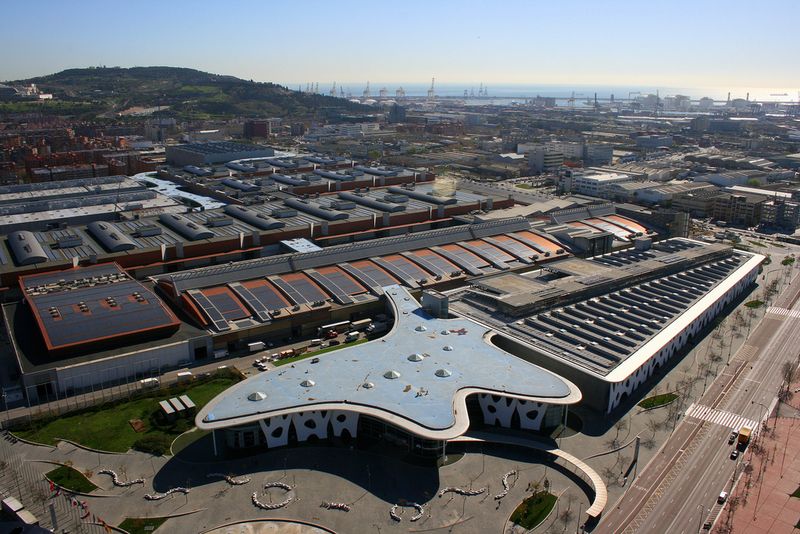
Barcelona, famed for its unique architecture and vibrant culture, is also a leader in sustainable urban development. The city’s commitment to renewable energy is evident in its widespread use of solar panels, which power public buildings and homes. Green rooftops and urban gardens are integrated into the cityscape, enhancing biodiversity and reducing urban heat. Barcelona’s public transport system is efficient and sustainable, offering residents an eco-friendly mode of travel. The city’s approach to urban planning emphasizes the integration of nature and innovation, creating spaces that promote environmental consciousness and community well-being, making Barcelona a model for sustainable urban living.
Munich
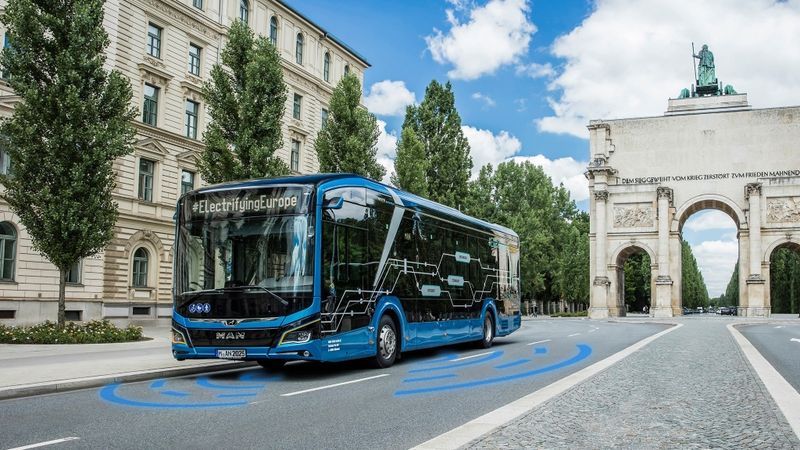
Munich is a city that combines Bavarian charm with a strong commitment to sustainability. Its public transport system includes electric buses and trams, minimizing environmental impact. The city’s parks and gardens provide residents with ample green space, promoting a healthy lifestyle and biodiversity. Munich’s approach to urban development emphasizes renewable energy and resource efficiency, with numerous initiatives aimed at reducing carbon emissions. The city’s blend of traditional culture and modern innovation creates a dynamic urban environment that prioritizes sustainability. Munich’s dedication to eco-friendly living and cultural preservation makes it a leading example of green urban development in Germany.
Bogotá
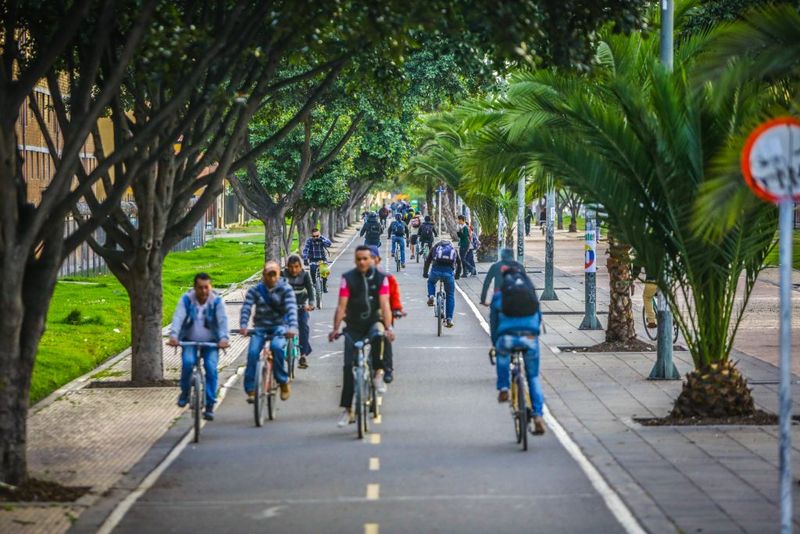
Bogotá, Colombia’s vibrant capital, is at the forefront of sustainable urban mobility in South America. The city’s extensive network of bike lanes encourages residents to choose cycling as a mode of transport, reducing traffic congestion and emissions. Bogotá’s public spaces are vibrant and inclusive, fostering community interaction and environmental awareness. The city’s approach to urban development prioritizes green infrastructure and renewable energy, reflecting a commitment to sustainability and resilience. Bogotá’s innovative transportation policies and dedication to environmental stewardship make it a model for cities aiming to transform urban mobility and create livable, green urban environments.
Paris
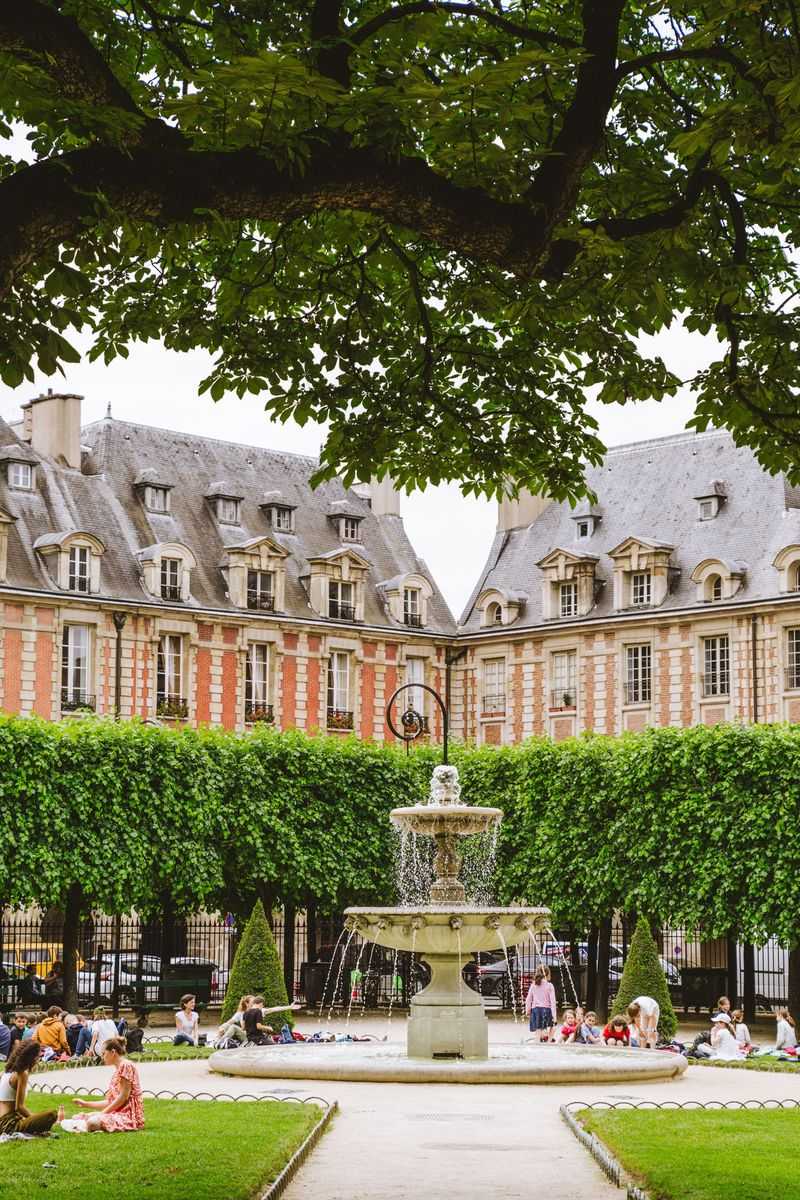
Paris, the City of Light, is also a city of green innovation. Its iconic landmarks are complemented by urban gardens and green spaces that promote biodiversity and environmental consciousness. Paris’ commitment to sustainability is reflected in its eco-friendly public transport and initiatives to reduce vehicular emissions. The city’s approach to urban planning emphasizes the integration of nature into the urban fabric, creating spaces that foster community well-being and environmental awareness. Paris’ blend of historical grandeur and modern sustainability initiatives creates a unique cityscape that serves as a model for eco-friendly urban development worldwide.
Seoul
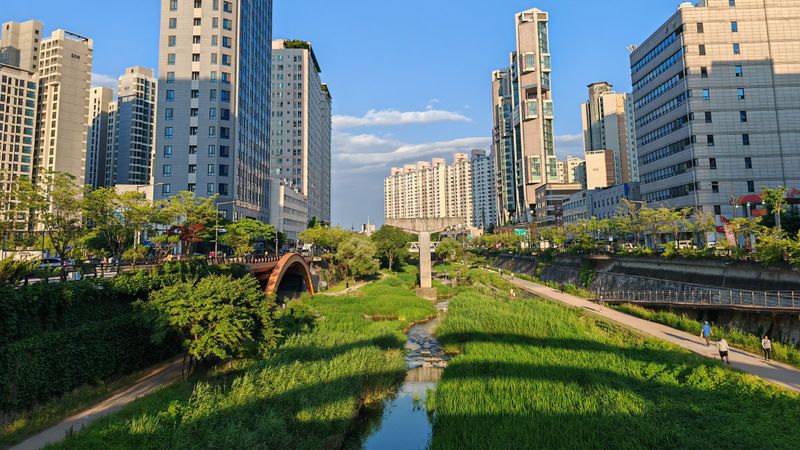
Seoul, a city of technology and culture, is advancing as a smart, eco-friendly metropolis. The South Korean capital’s skyline is dotted with eco-buildings designed for energy efficiency and sustainability. Seoul’s commitment to green living is evident in its extensive public transport system, which prioritizes low emissions. Green spaces are integrated into the urban landscape, providing residents with a connection to nature amidst the city’s hustle. Seoul’s smart city initiatives optimize resource use and minimize environmental impact, creating a dynamic urban environment that prioritizes innovation and ecological balance. Seoul’s blend of tradition and technology sets a global standard for sustainable urban development.
Brisbane
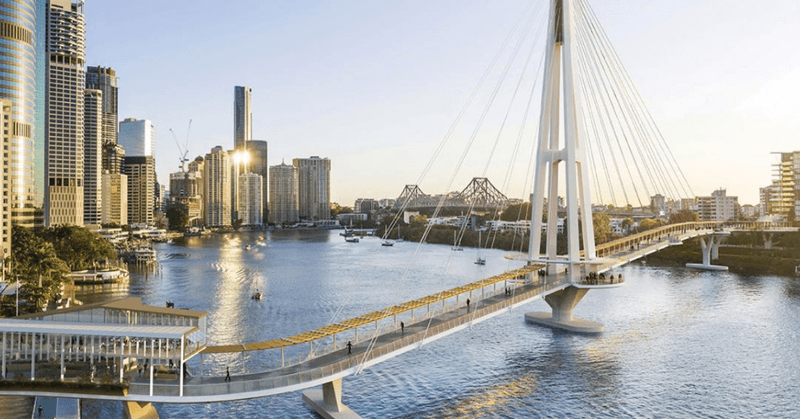
Brisbane, Australia’s vibrant city by the river, is making strides in renewable energy and green urban development. Solar panels adorn the rooftops, powering the city with clean energy. Brisbane’s parks and gardens provide lush green spaces that enhance biodiversity and offer residents a peaceful escape from urban life. The city’s public transport system is efficient and eco-friendly, reducing reliance on cars and minimizing emissions. Brisbane’s approach to urban planning emphasizes sustainability and resilience, ensuring a high quality of life for its residents. The city’s blend of natural beauty and innovative environmental policies makes Brisbane a leader in green urban living in Australia.
London
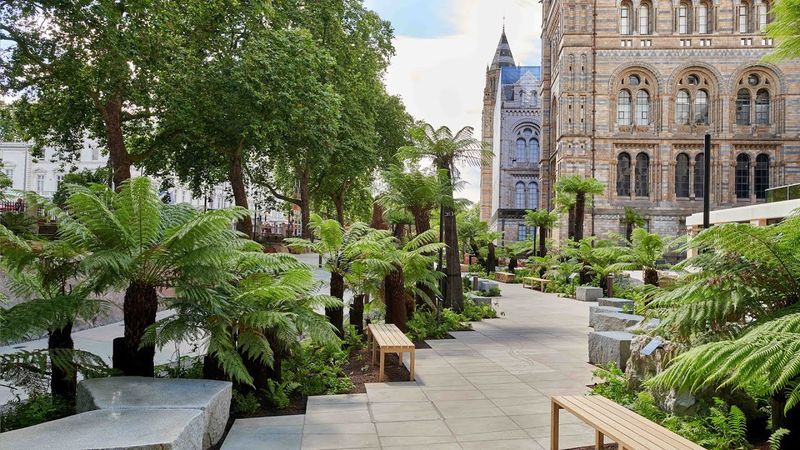
London, a city steeped in history, is making unexpected strides in sustainability. The city’s iconic skyline is increasingly dotted with urban gardens and green rooftops, reflecting a commitment to environmental consciousness. London’s public transport system is extensive and eco-friendly, reducing the city’s carbon footprint. The city’s approach to urban planning emphasizes the integration of nature into urban spaces, promoting biodiversity and enhancing community well-being. Despite its bustling nature, London’s dedication to green initiatives is gaining momentum, making it a surprising contender on the list of the world’s greenest cities. London’s blend of historic charm and modern sustainability efforts creates a unique and evolving urban landscape.
Ljubljana, Slovenia
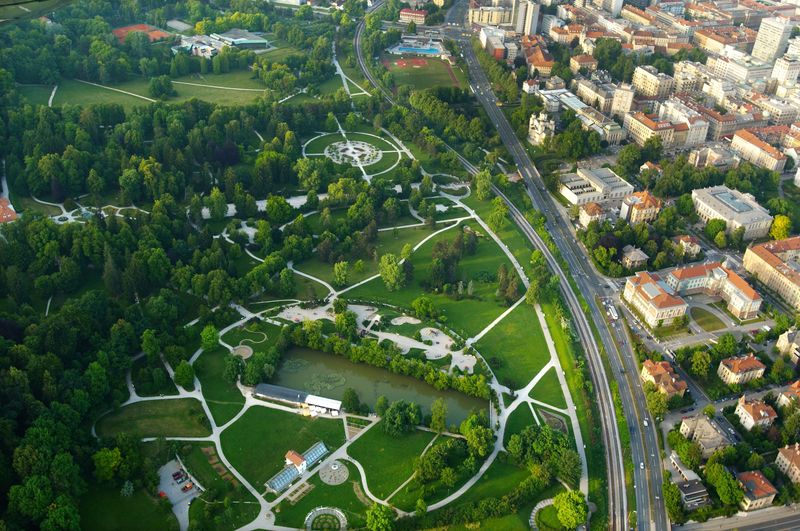
In the heart of Slovenia, Ljubljana offers an oasis of greenery and sustainability. Known for its pedestrian-friendly old town, the city prioritizes eco-conscious mobility. Electric buses zip through streets lined with historical architecture, making urban travel both convenient and green.
The city’s commitment to environmental preservation is reflected in its sprawling Tivoli Park and numerous community gardens, where locals embrace nature. Ljubljana’s zero waste goal sets a powerful example, with impressive recycling rates and innovative waste management.
Did you know? Ljubljana was named the European Green Capital in 2016, testament to its dedication to sustainable urban living.

